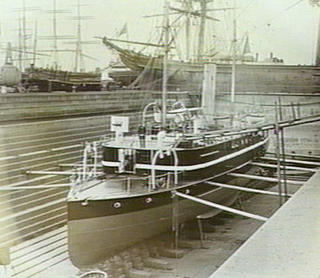n7axw wrote:[quote="dobriennm
Except galleys couldn't have broadsides like galleons. Galleys might have wolves(?)(light cannons for use just before boarding) so their heavy armament would have to be their chase armament or the one cannon at the bow.
So, by definition, their heavy armament was their chase armament.
I just went back into BSRA and checked the armament of that galley mission tasked to intercept the escapees from Fareyd. Arrowhead had a doomwhale, 50 lb, as her main chase which was flanked by 2 falcons. Seems a bit heavy to me...
Don[/quote]
Interesting snippet from Wikipedia
http://en.wikipedia.org/wiki/Galley#Introduction_of_gunsHeavy artillery on galleys was mounted in the bow, which aligned easily with the long-standing tactical tradition of attacking head on, bow first. The ordnance on galleys was heavy from its introduction in the 1480s, and capable of quickly demolishing the high, thin medieval stone walls that still prevailed in the 16th century. This temporarily upended the strength of older seaside fortresses, which had to be rebuilt to cope with gunpowder weapons. The addition of guns also improved the amphibious abilities of galleys as they could make assaults supported with heavy firepower, and were even more effectively defended when beached stern-first.[72] An accumulation and generalizing of bronze cannons and small firearms in the Mediterranean during the 16th century increased the cost of warfare, but also made those dependent on them more resilient to manpower losses. Older ranged weapons, like bows or even crossbows, required considerable skill to handle, sometimes a lifetime of practice, while gunpowder weapons required considerably less training to use successfully.[73] According to a highly influential study by military historian John F. Guilmartin, this transition in warfare, along with the introduction of much cheaper cast iron guns in the 1580s, proved the "death knell" for the war galley as a significant military vessel.[74] Gunpowder weapons began to displace men as the fighting power of armed forces, making individual soldiers more deadly and effective. As offensive weapons, firearms could be stored for years with minimal maintenance and did not require the expenses associated with soldiers. Manpower could thus be exchanged for capital investments, something which benefited sailing vessels that were already far more economical in their use of manpower. It also served to increase their strategic range and to out-compete galleys as fighting ships.[75]
....
The Battle of Lepanto in 1571, naval engagement between allied Christian forces and the Ottoman Turks.
Atlantic-style warfare based on heavily armed sailing ships began to change the nature of naval warfare in the Mediterranean in the 17th century. In 1616, a small Spanish squadron of five galleons and a patache was used to cruise the eastern Mediterranean and defeated a fleet of 55 galleys at the battle of Cape Celidonia.
sounds a bit like 'Off Armageddon Reef'










 and, Mangy Fur the Smart Alick Spacecat.
and, Mangy Fur the Smart Alick Spacecat.